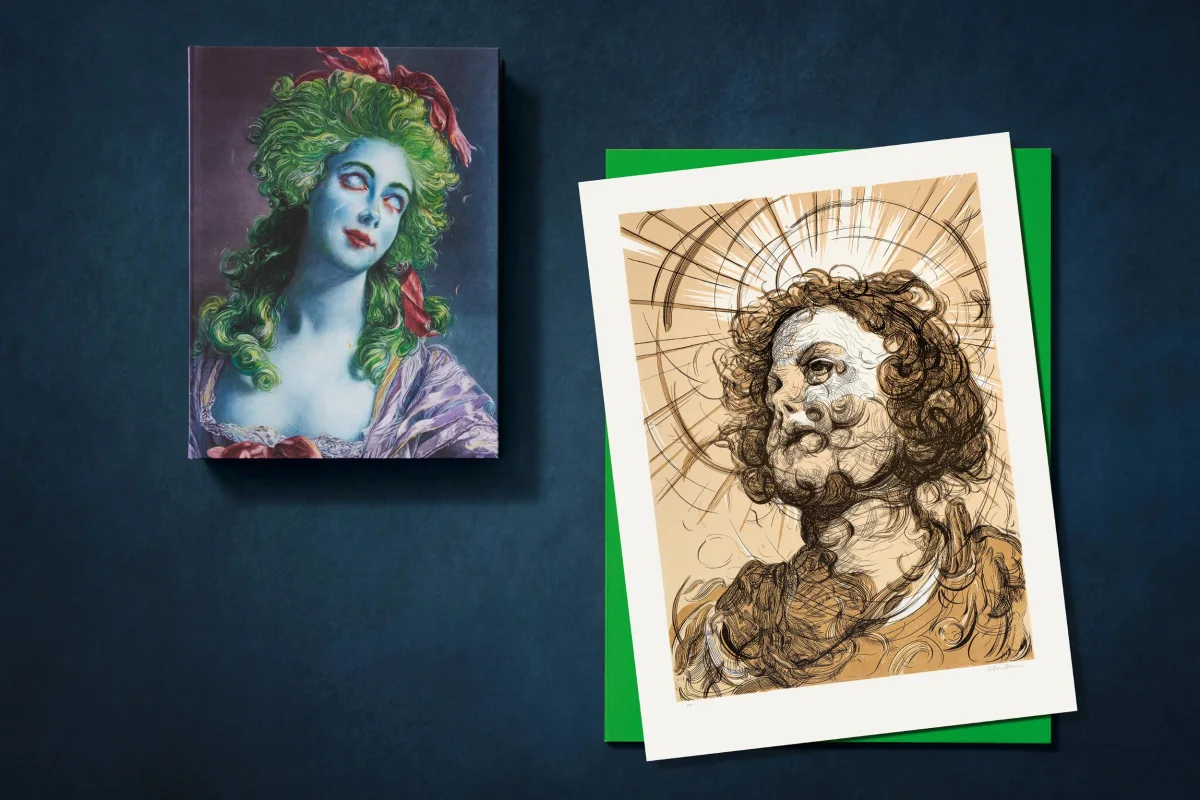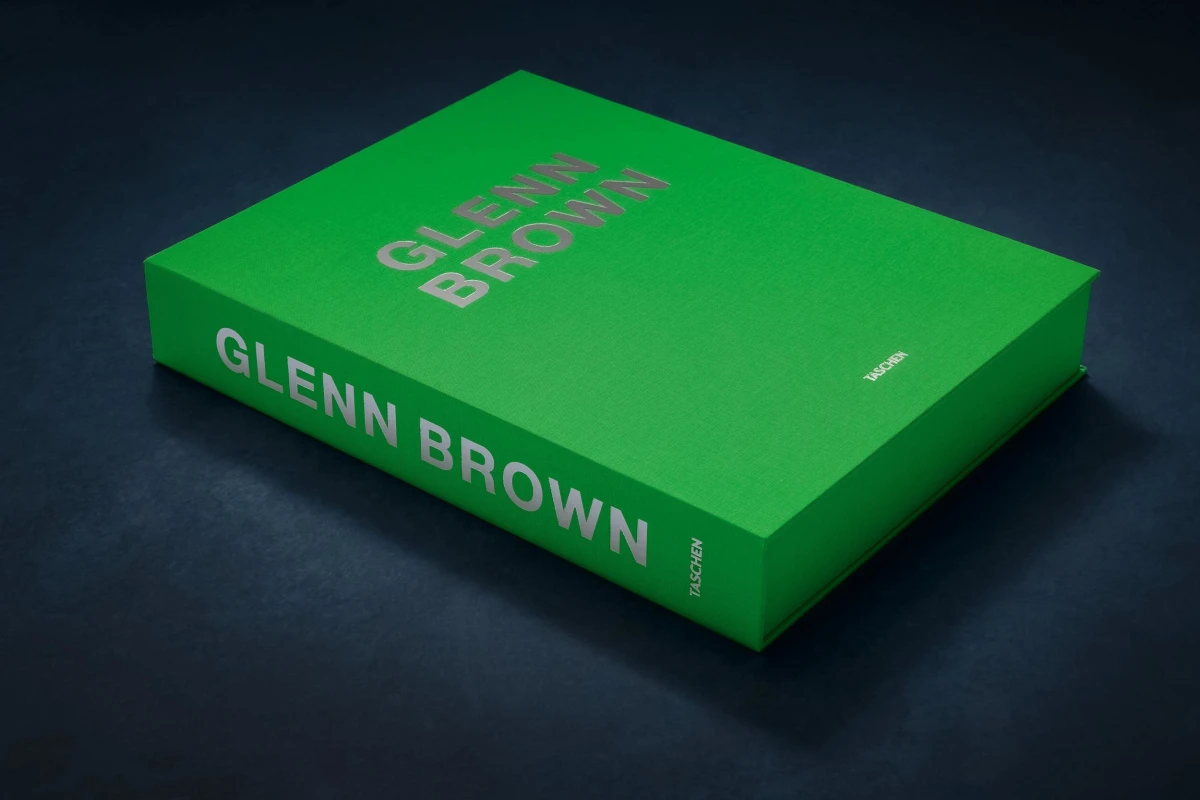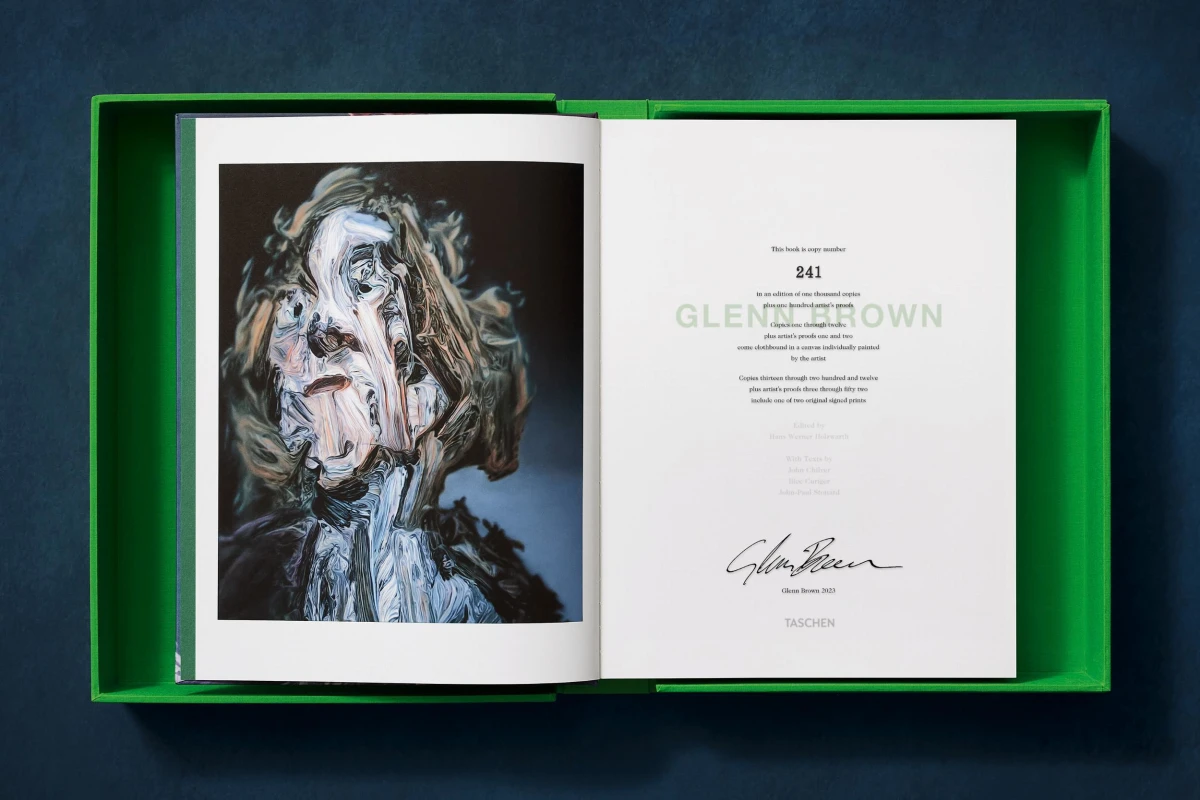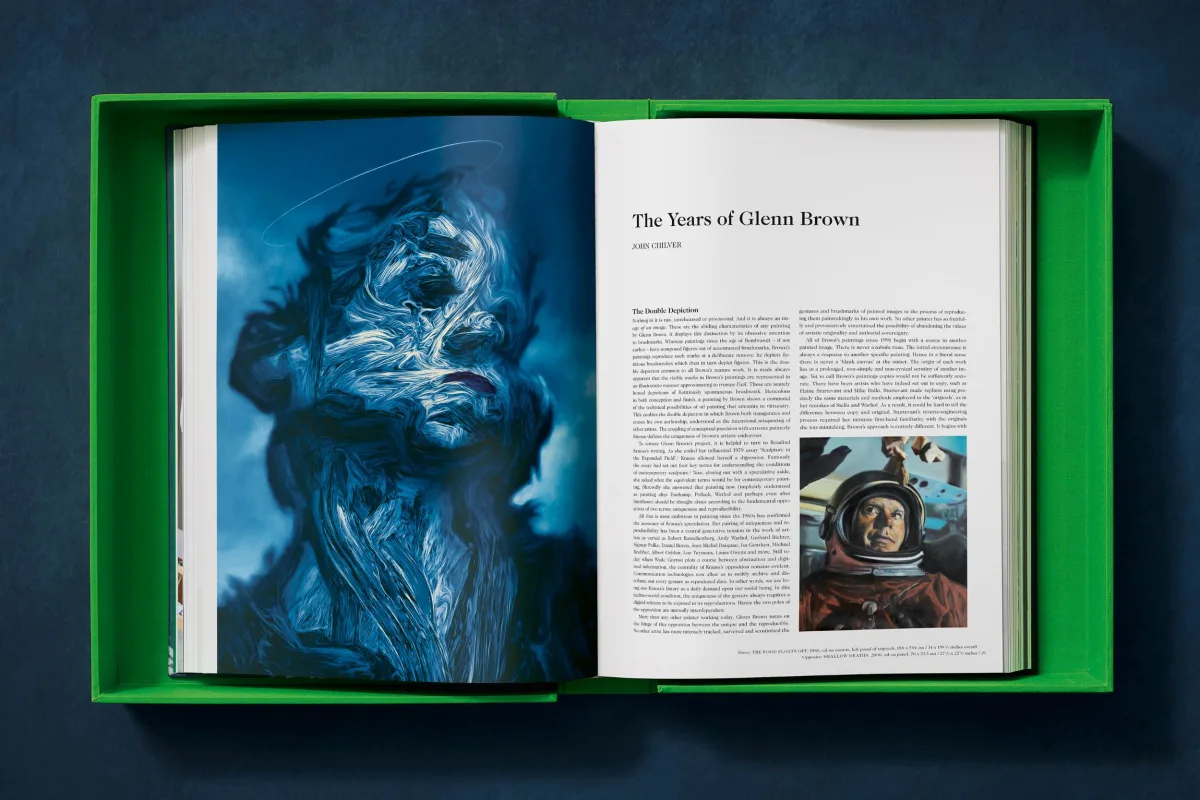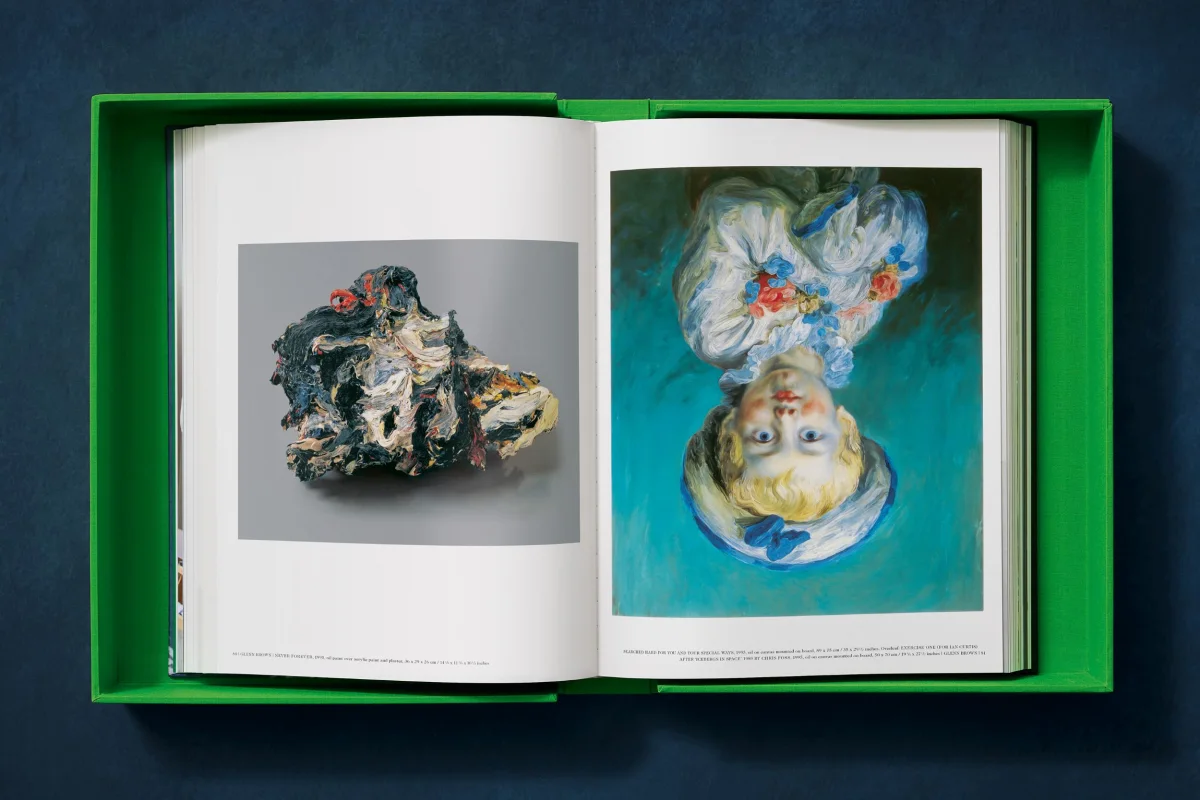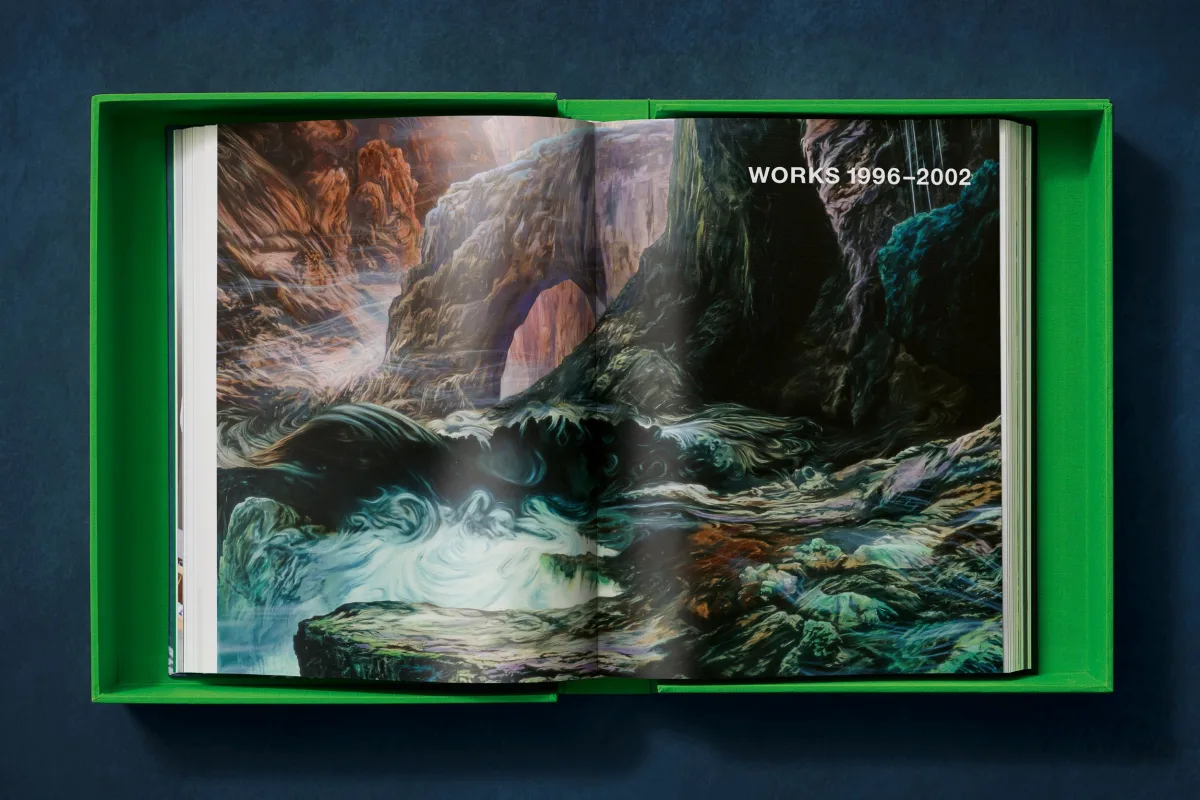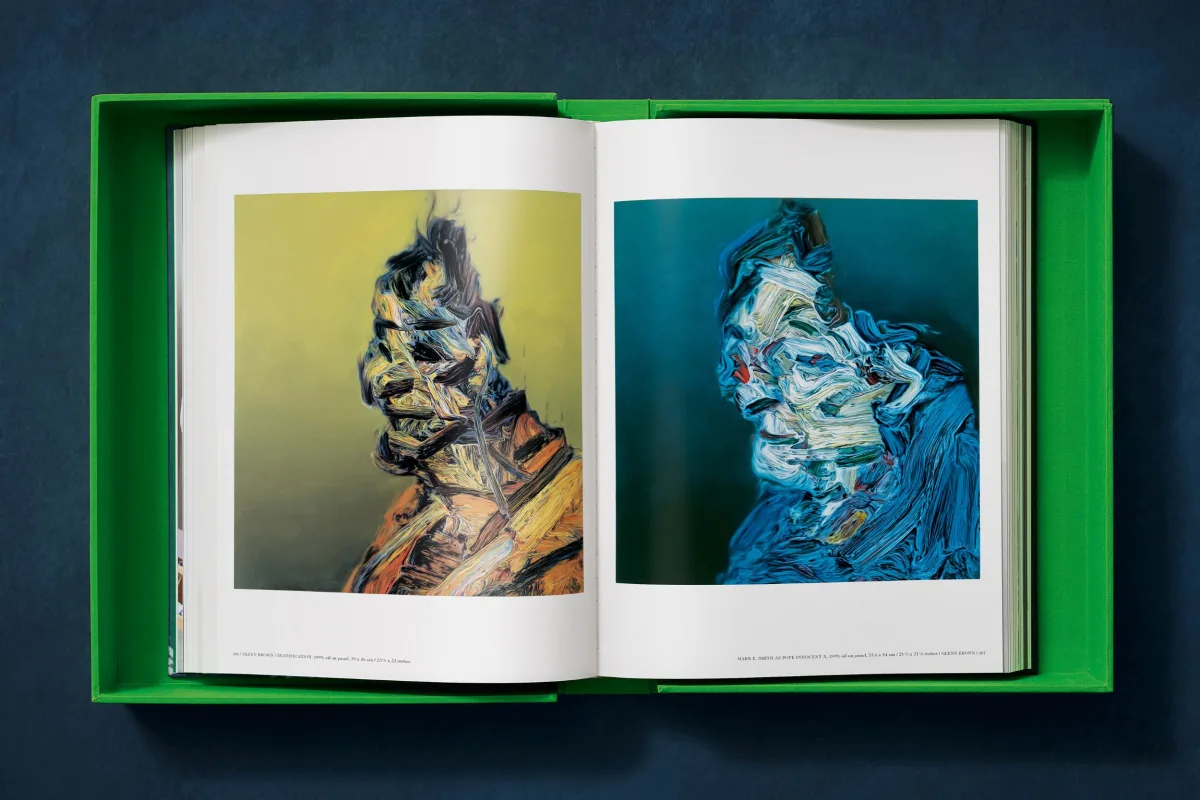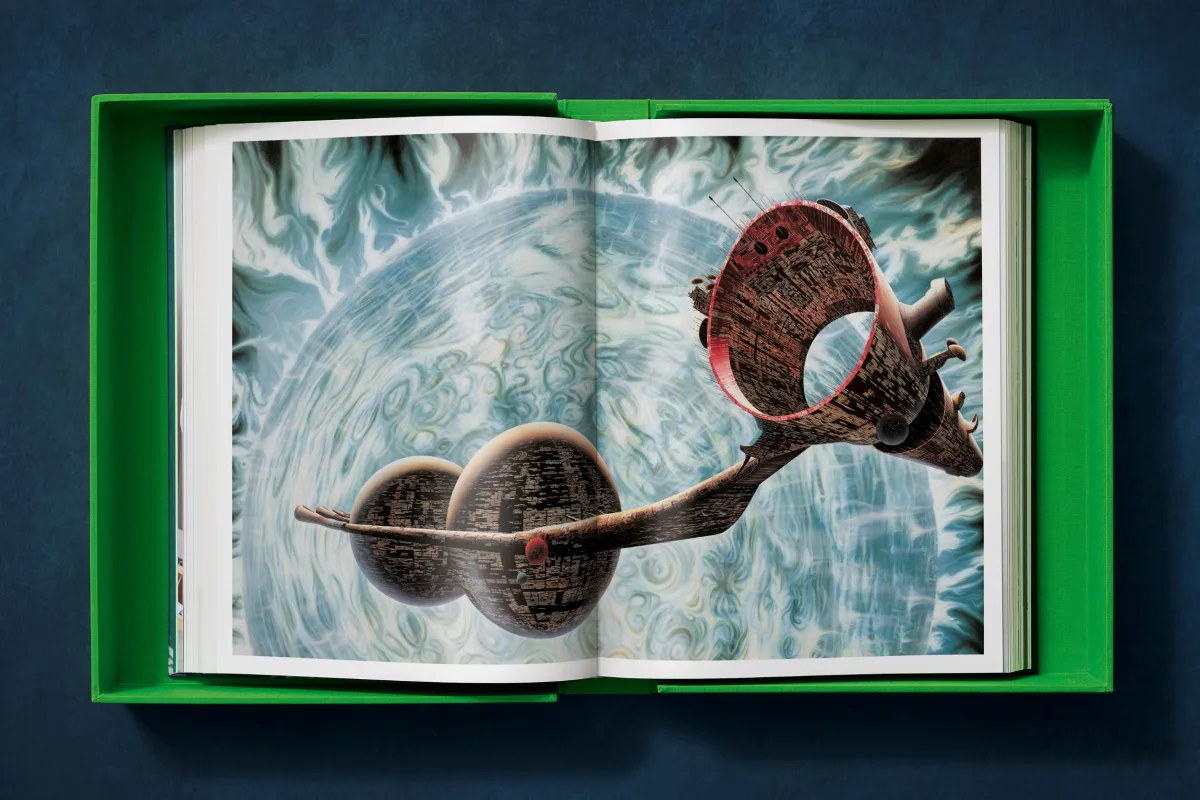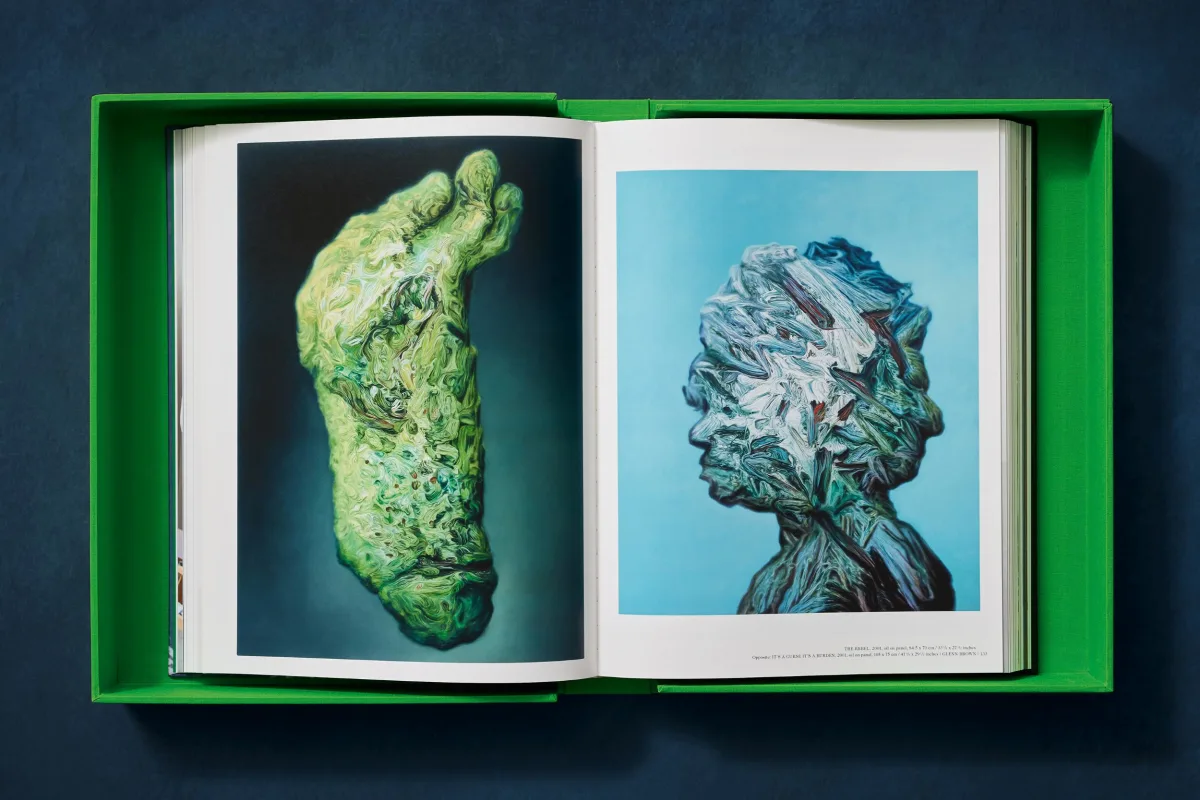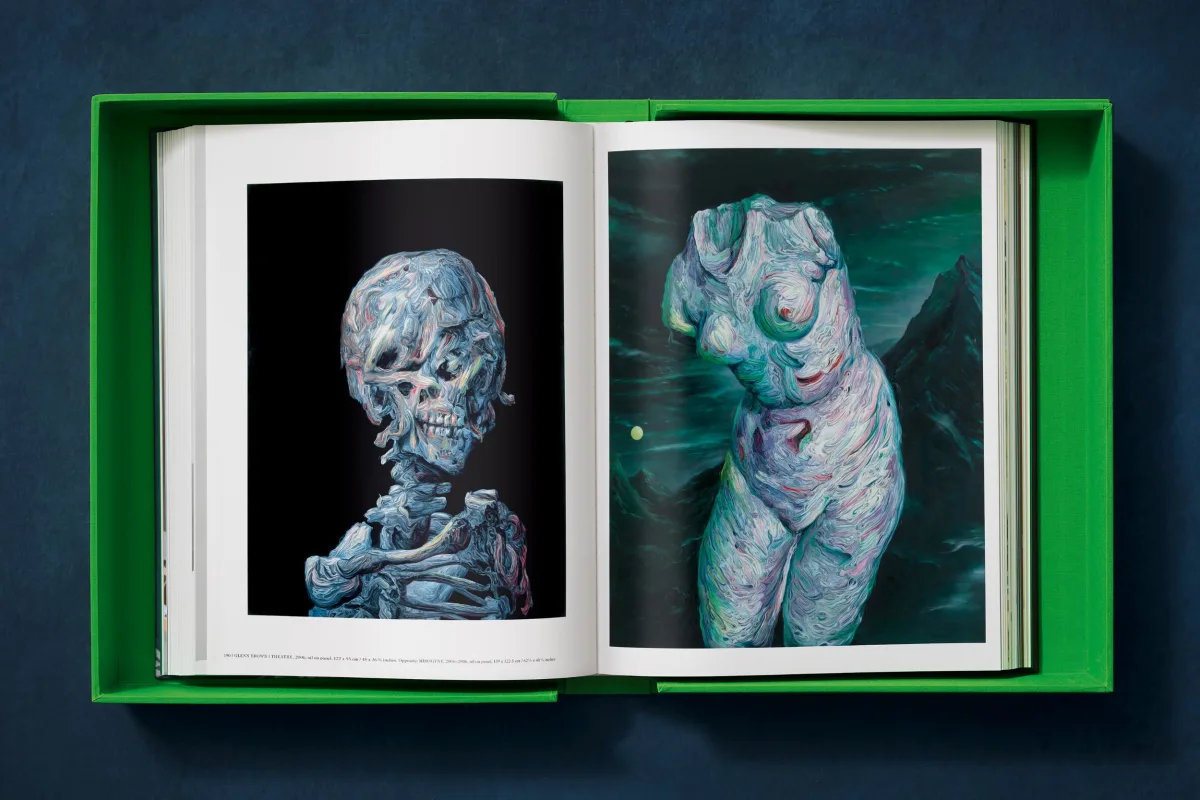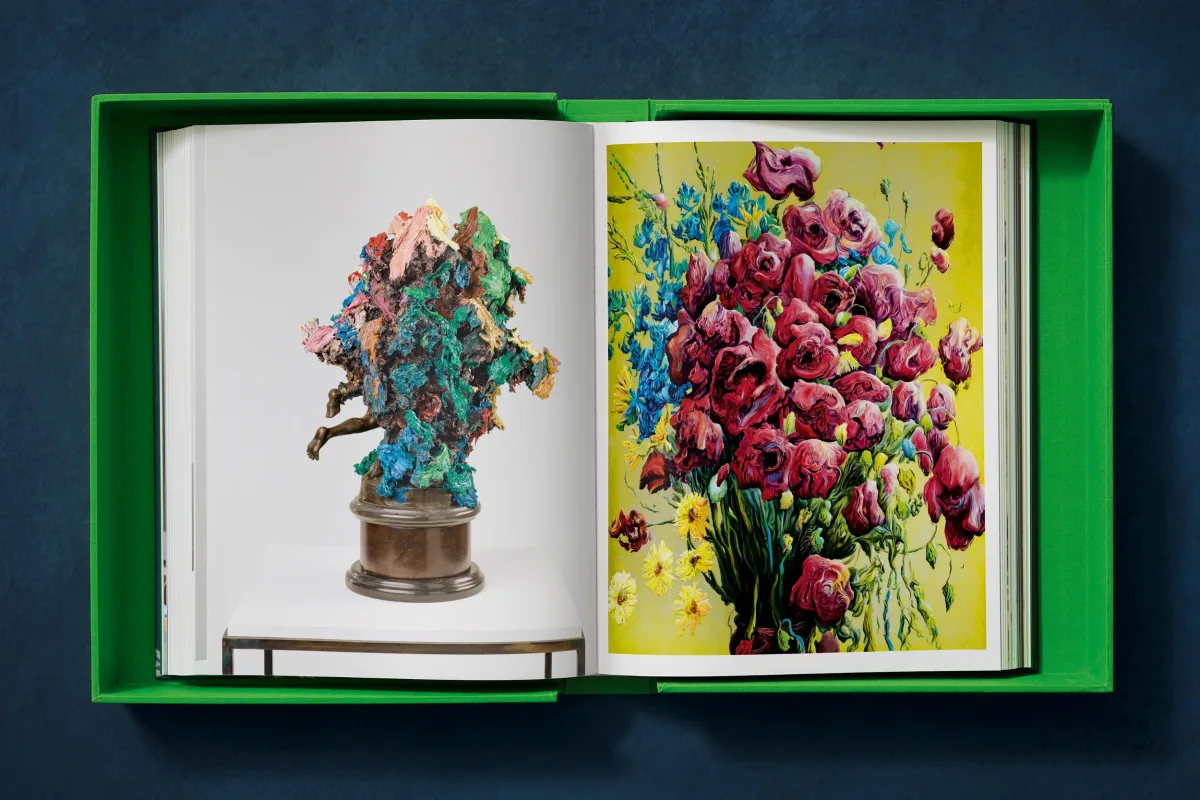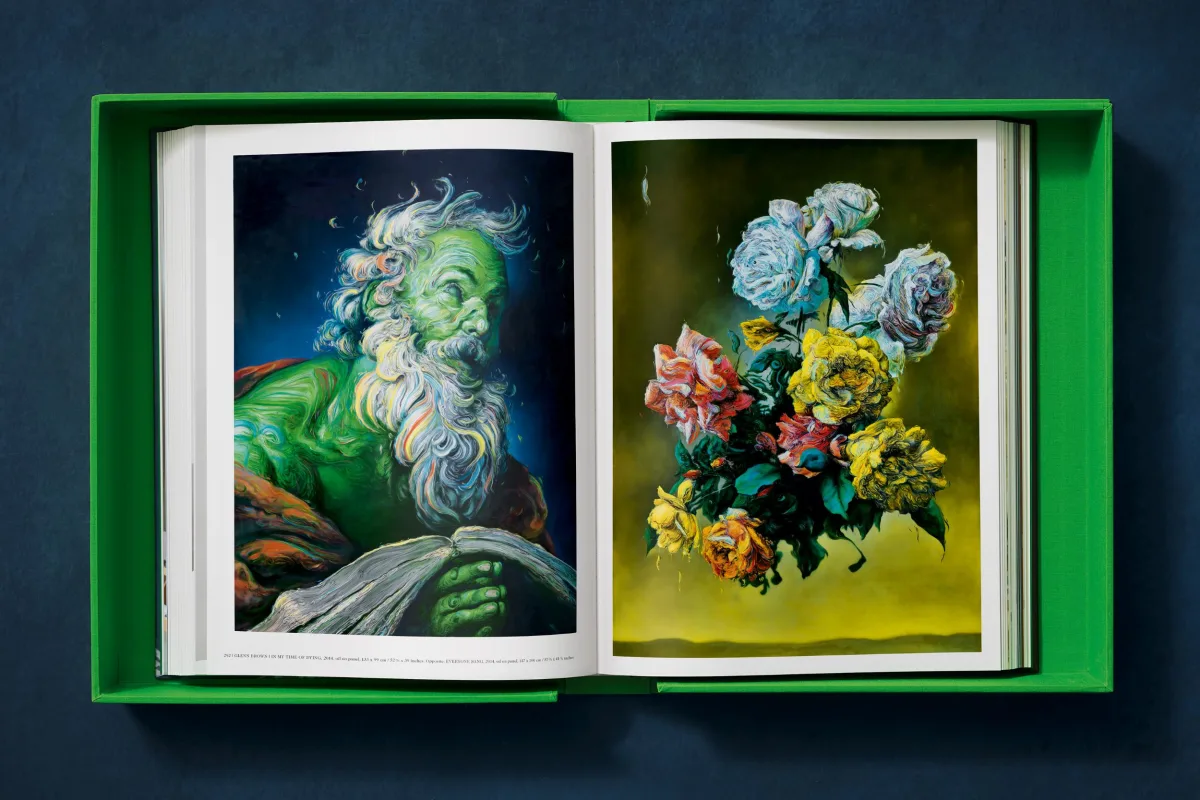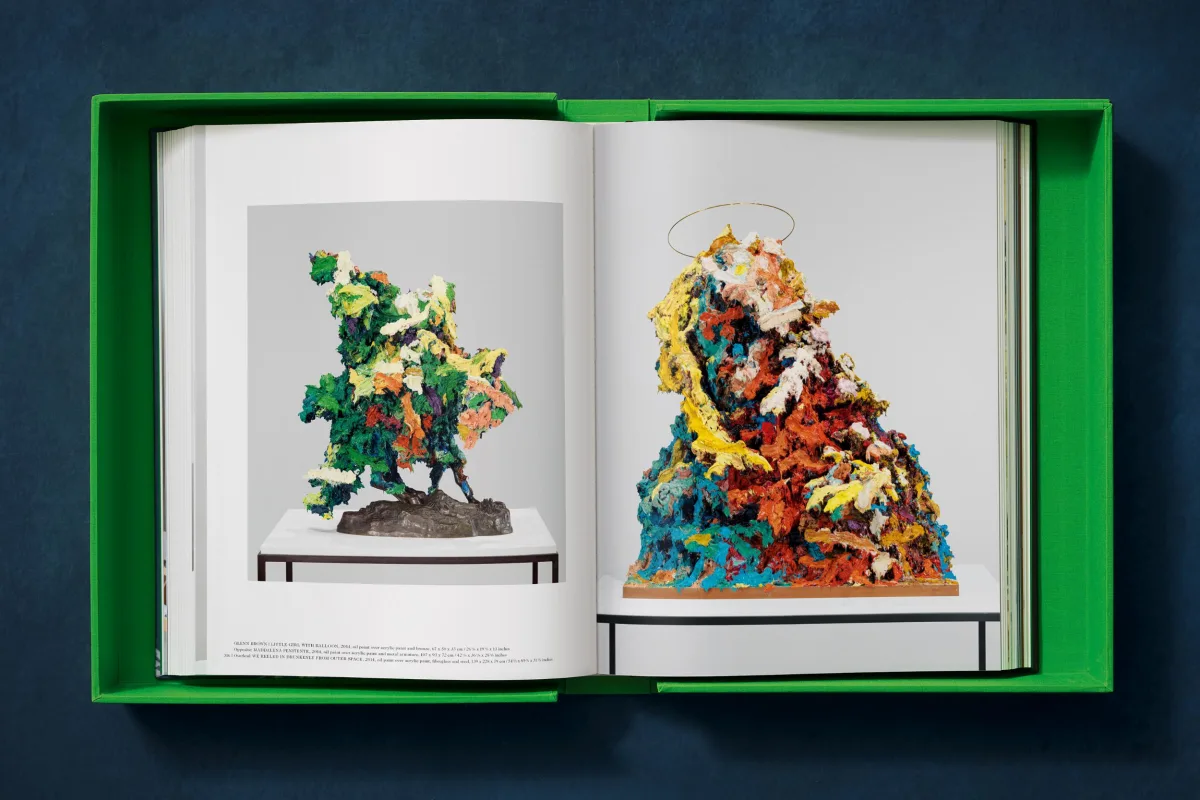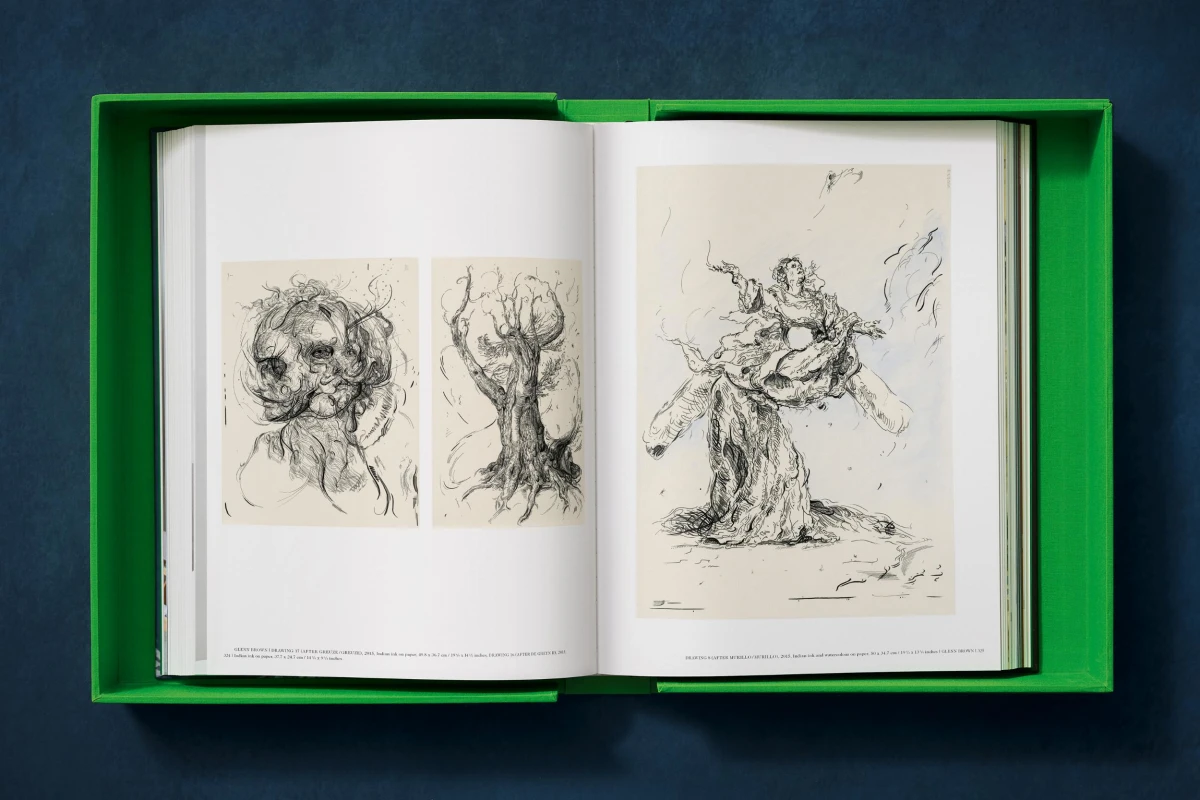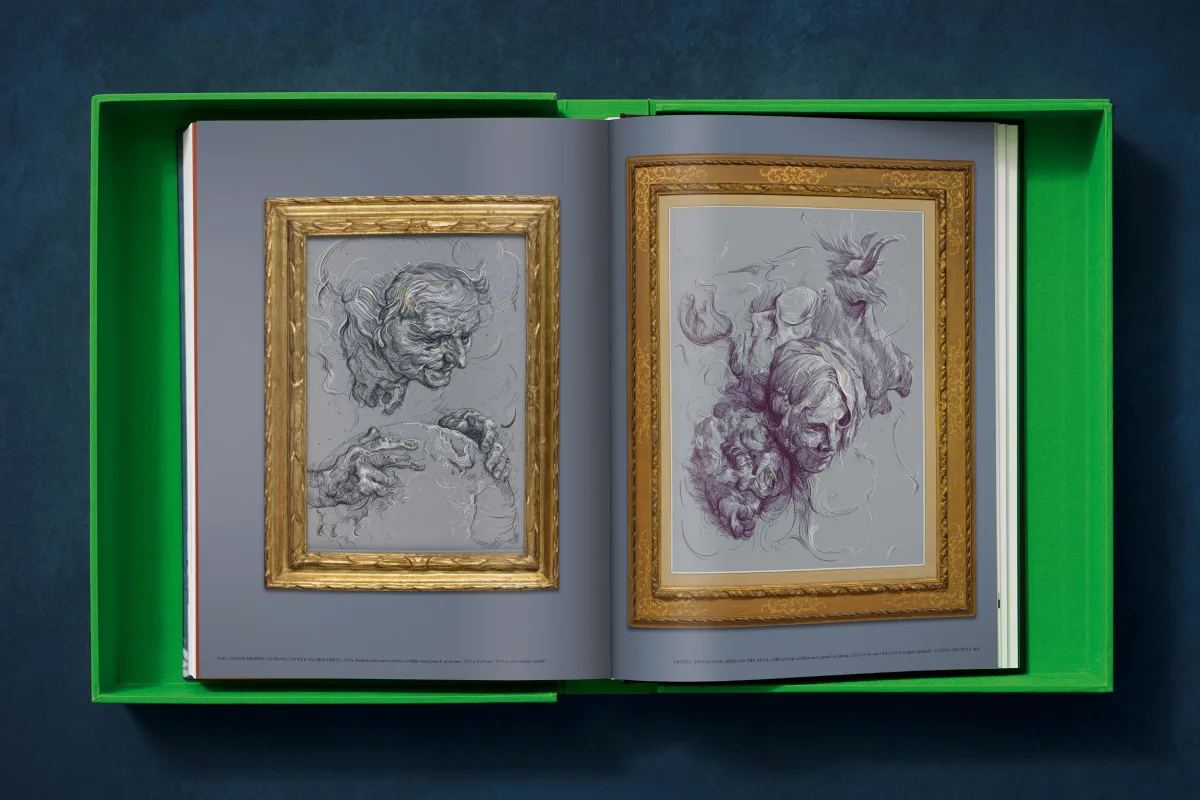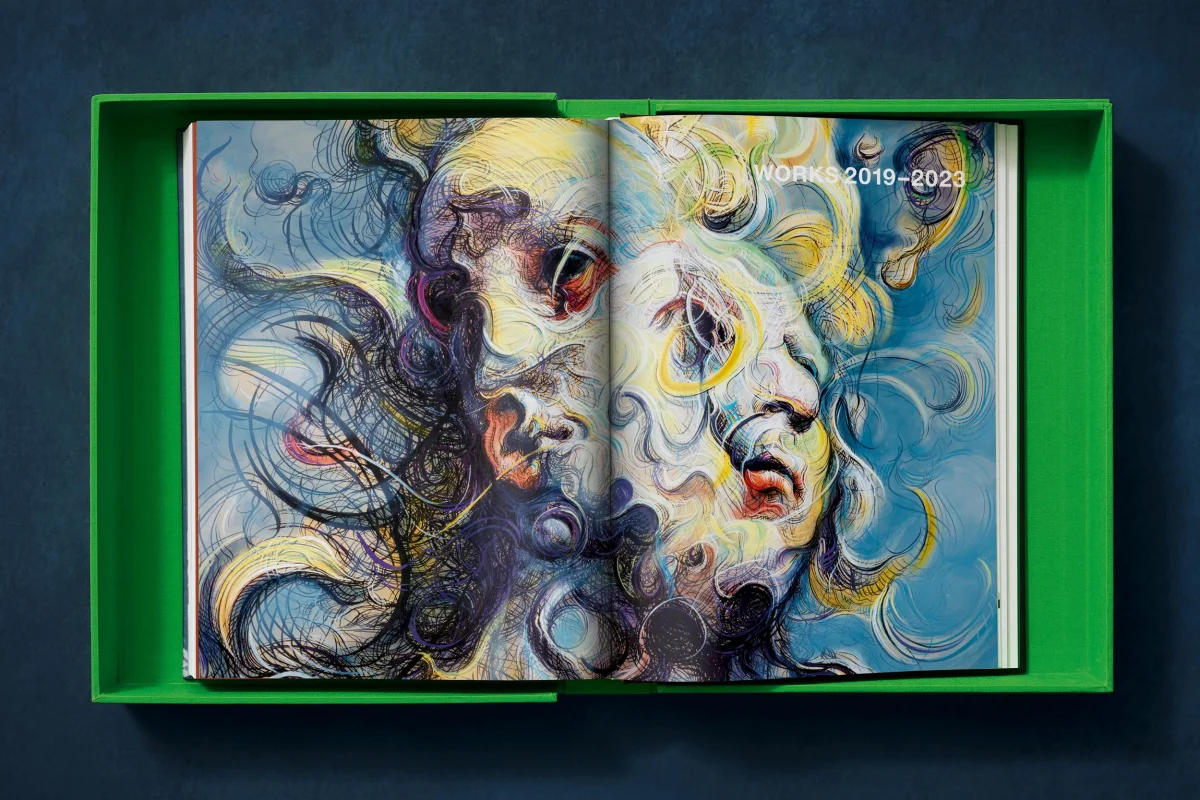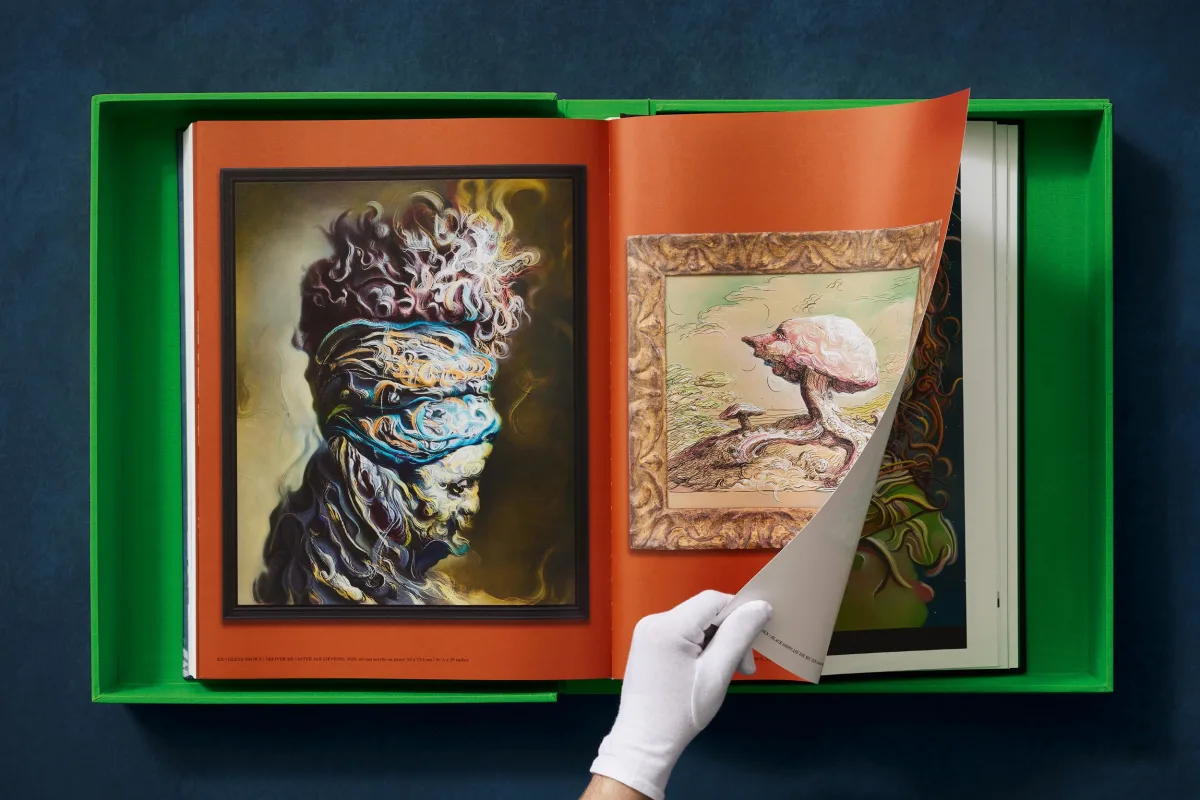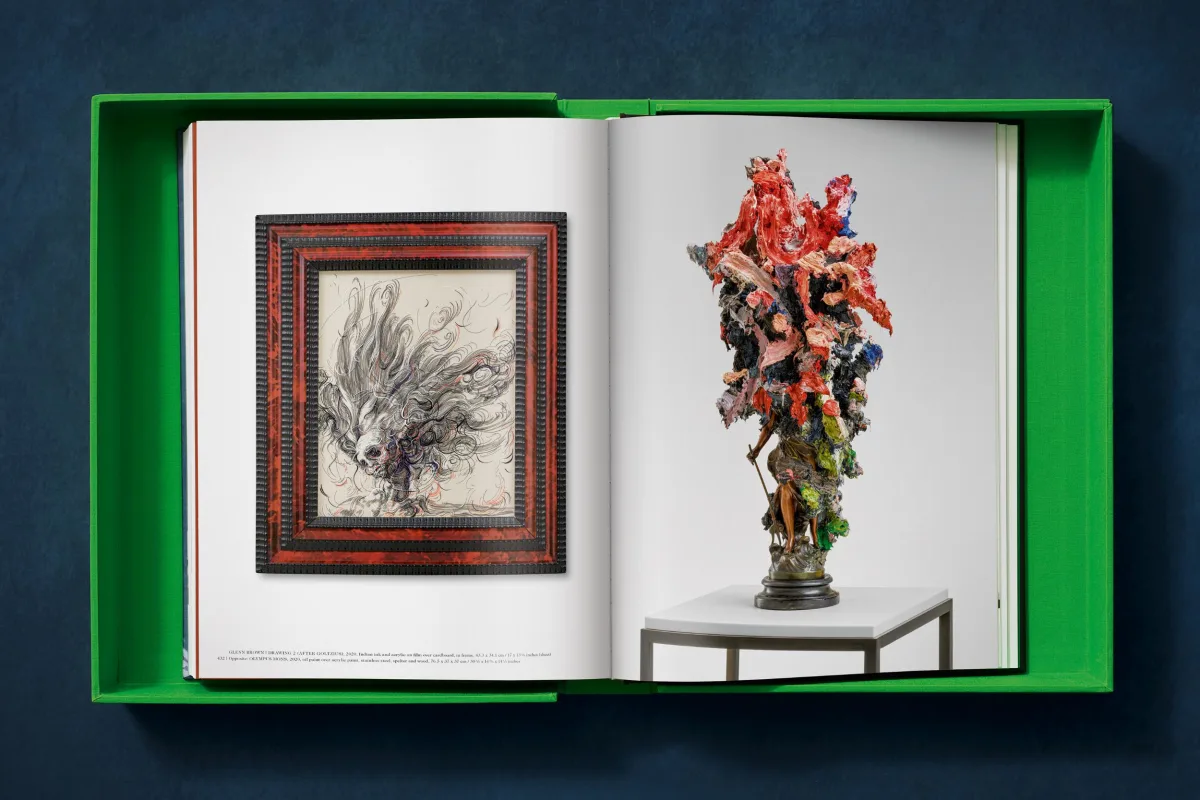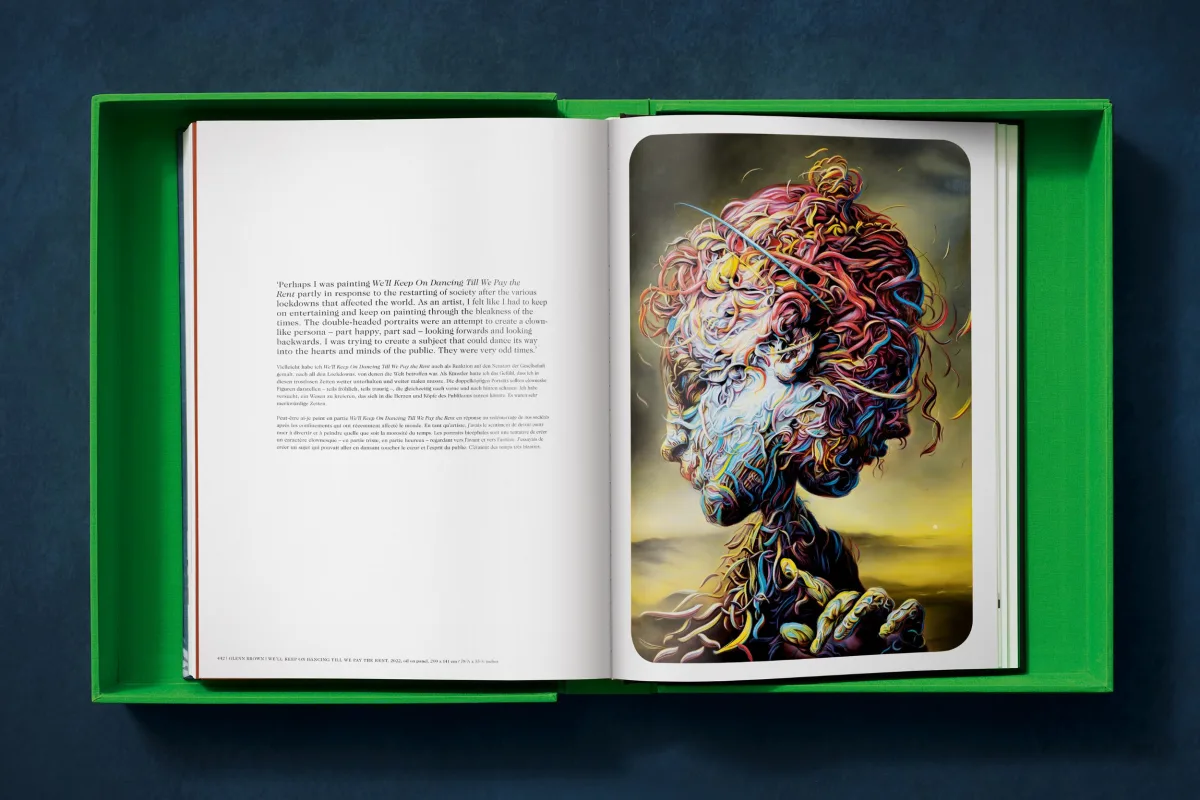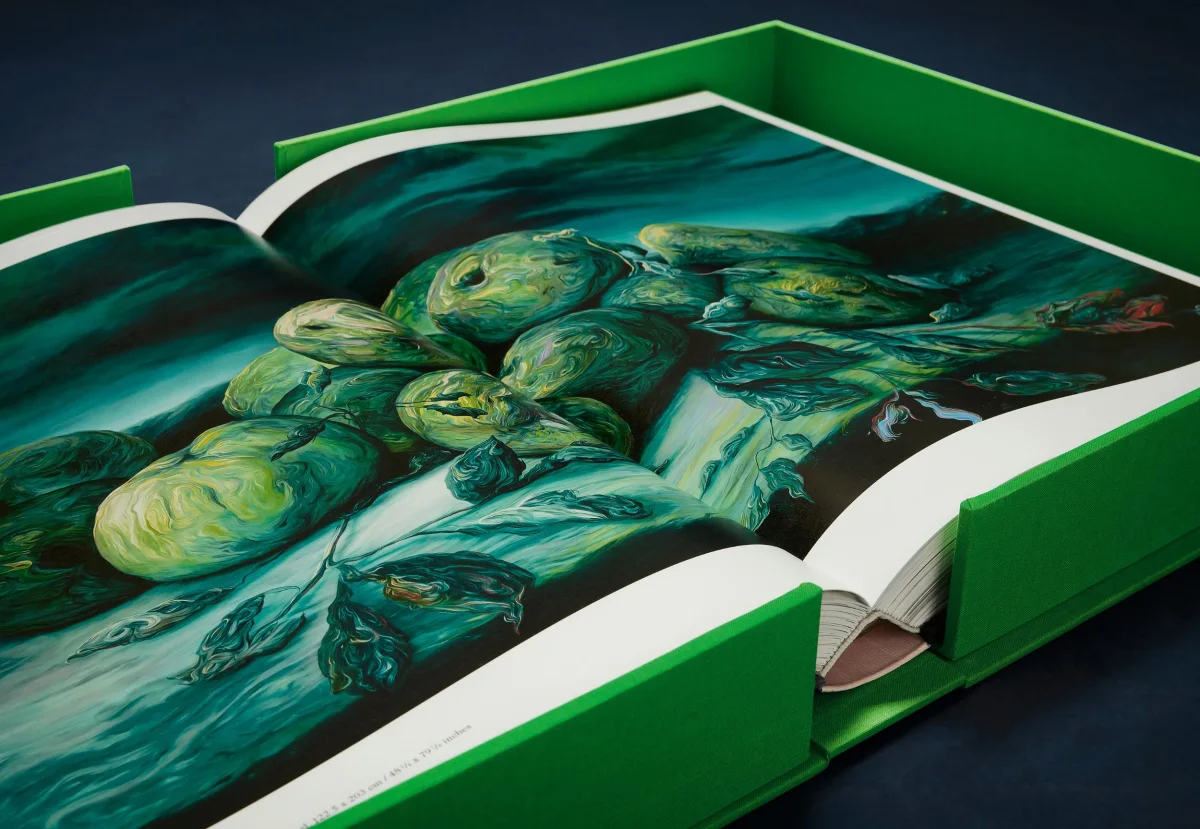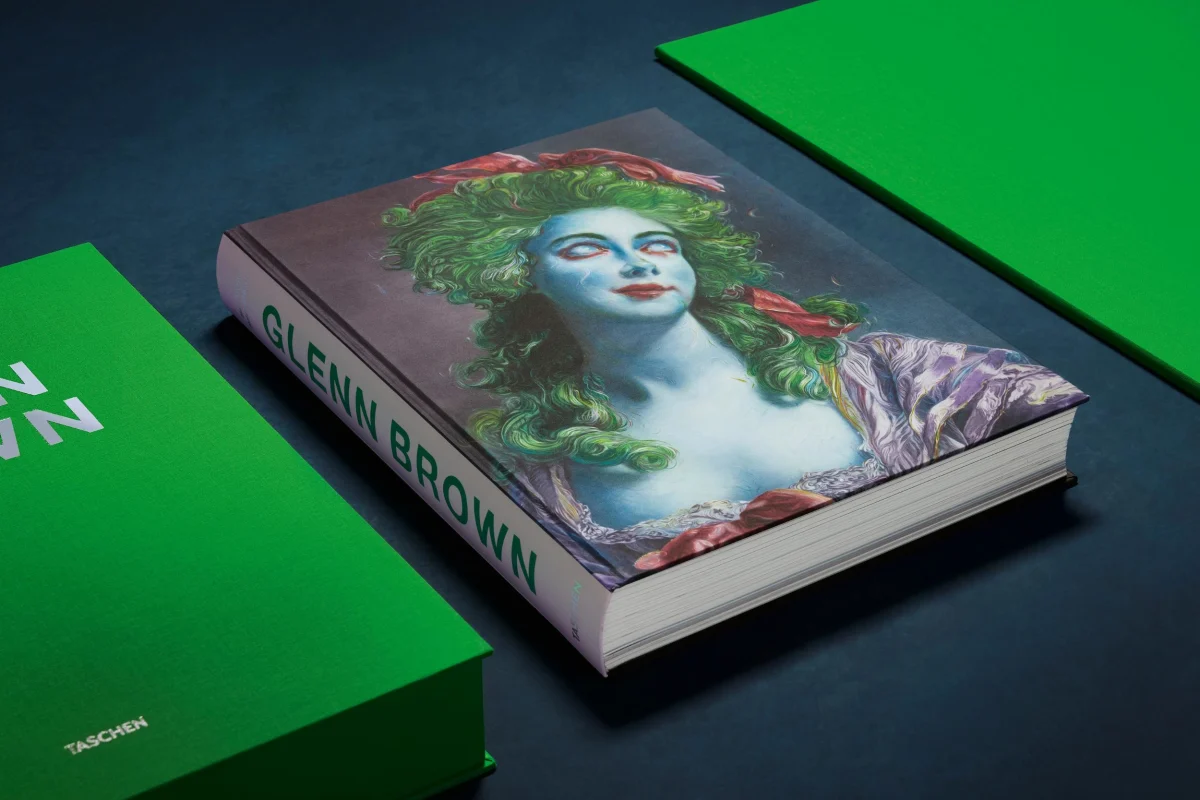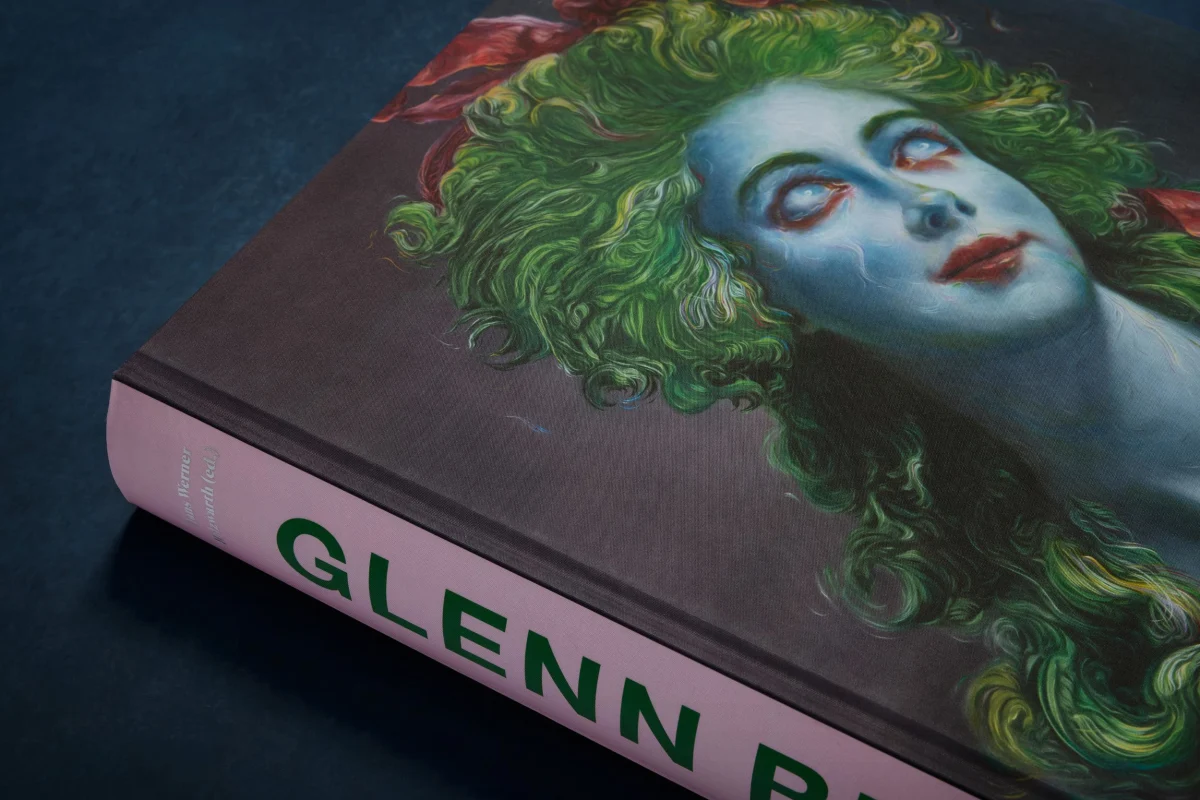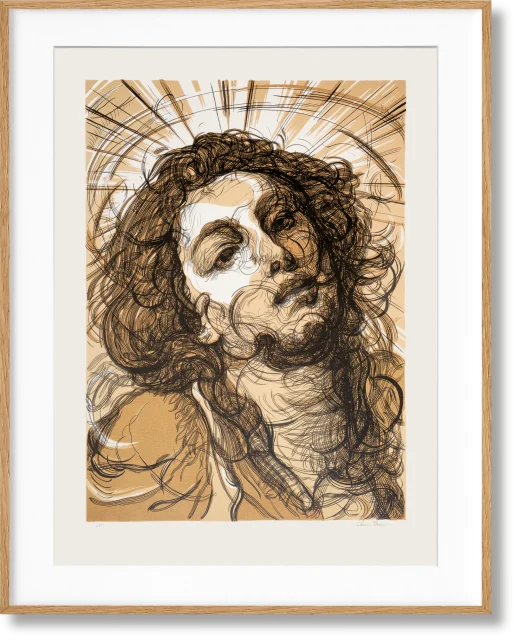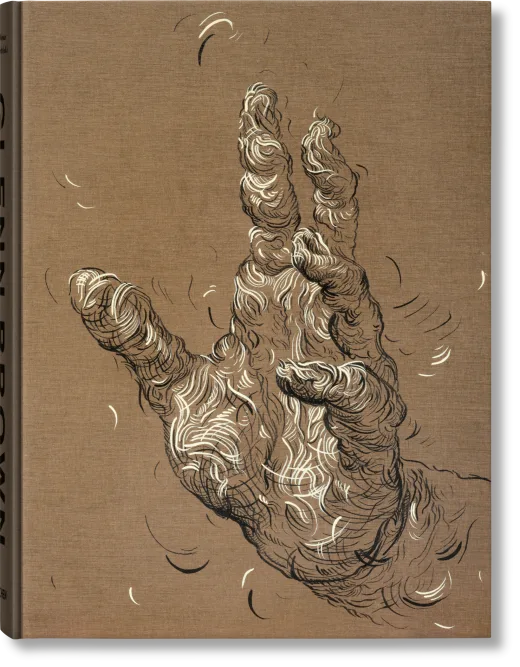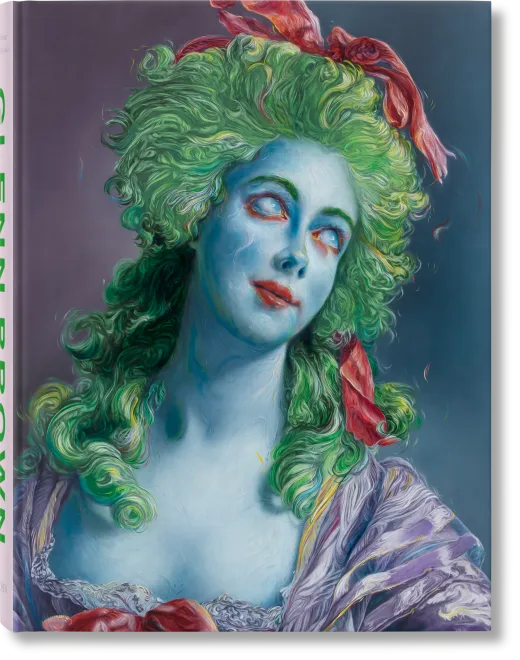
Glenn Brown. Art Edition No. 113–212. ‘Sizewell B’
2750Edition: Multilingual (English, French, German)Availability: In StockIn his paintings, paint sculptures, and drawings, Glenn Brown confronts the history of art with a contemporary understanding of paint’s materiality and a barbed sense of color. This Art Edition treats the viewer to a close encounter with Brown’s eye-deceiving renderings of brushstrokes from sources between sci-fi and the old masters.
“Paint is the crusty residue left after the relationship between the artist and their model is over. It is all there is left of real love, so I paint that.”

Glenn Brown. Art Edition No. 113–212. ‘Sizewell B’
2750For the Love of Paint
The transformative art of Glenn Brown
The main spirit that runs through Glenn Brown’s work is transformation. The motif may come from old master paintings, the color scheme from modernist ones, the mood might be set by a title that quotes from a pop song. Brown became famous (and sometimes infamous) for his unabashedly appropriative work in the early 1990s, a golden era for young British art. He rendered the thick brushstrokes of expressionist painters like Frank Auerbach or Karel Appel almost photo-realistically, carefully modeling their dashing gestures with a fine brush until his smooth surfaces deceived the viewer’s eye. Taking space fantasies from science-fiction paperbacks, he made epic history paintings out of tiny book illustrations. Brown turned to the old masters, updating their historical models with a contemporary understanding of paint’s materiality and a barbed sense of color.
Following the artist’s development through the decades, we find his engagement with the medium deepening and branching out. Brown invents his own brushstrokes that take over the picture’s subject, unsettling viewers by their sickly hues. When he starts making sculptures from paint, he absurdly layers brushstrokes on top of each other until they become three-dimensional figures, sometimes growing from bases of historical bronze statuettes. Then he arranges his works in installations as an interplay of different media, or exhibits them in the collection of an art museum in a dialogue between his own paintings and the works that inspired them. In the mid-2010s, Brown stopped painting altogether to explore the medium of drawing, often creating work that reacts to vintage wooden frames he is collecting. Upon his return to painting, there is a newfound freedom of lines dancing and mingling, colors radiating from the core of Janus-like superimpositions of two counteracting motifs.
This book has been conceived and realized in close collaboration with the artist, curating an overview of his work in unprecedented depth. All authors have worked with Brown before to now deliver an incisive portrait of the artist, an art-historical survey of his work and development, as well as essays on different artistic approaches and genres. Comments written by Brown especially for this edition discuss specific works and artistic choices. More than anything, it is the book’s large format that makes the eye-deceivingly smooth brushwork and exuberant lines come alive, allowing viewers to immerse themselves in every detail and share the artist’s contagious love of painting and paint.
“I’m rather like Dr Frankenstein, constructing paintings out of the residue or dead parts of other artists’ work. I hope to create a sense of strangeness by bringing together examples of the way the best historic and modern-day artists have depicted their personal sense of the world. I see their worlds from multiple or schizophrenic perspectives, through all their eyes. Their sources of inspiration suggest things I would never normally see.” —Glenn Brown
The artist
Glenn Brown, CBE (born 1966), is a British painter and sculptor based in London. Setting out in the 1990s, nominated for the Turner Prize in 2000, he had solo shows in international institutions including the Serpentine and the British Museum in London, the Tate Liverpool, the Kunsthistorisches Museum Wien, the Fondation Vincent van Gogh in Arles, and the Sprengel Museum Hannover. In 2022 he opened his own museum, The Brown Collection.
The authors
Bice Curiger is an art historian and curator. Since 2013, she has been Artistic Director of the Fondation Vincent van Gogh Arles. Cofounder and editor-in-chief of Parkett, a series of books on contemporary artists published between 1984 and 2017. 1992–2013 curator at the Kunsthaus Zürich. 2004–2014 Editorial Director of the Tate etc. magazine. In 2011 she served as Director of the 54th Venice Biennale. Author of numerous publications.
Dr John Paul Stonard is an author, lecturer and curator. His book Creation. Art Since the Beginning was published by Bloomsbury in 2021. In the same year his history of the art collection at Chatsworth House, Chatsworth, Arcadia, Now, was published by Penguin Books. His first book, Fault Lines: Art in Germany 1945–1955 was published by Ridinghouse Press in 2007.
John Chilver is an artist and writer based in London. His writings have been published in Afterall, Art Monthly, Art Papers, Frieze, Spike Art, and elsewhere; and in anthologies such as The Happy Fainting of Painting (2014) and Painting with Architecture in Mind (2012). Recent solo exhibitions at Coleman Projects, London (2021), Atlas House, Ipswich (2019), and Xero Kline & Coma, London (2018). He teaches at Goldsmiths, University of London.
The contributing author
Hans Werner Holzwarth is a book designer and editor specializing in contemporary art and photography. His TASCHEN publications include the Collector’s Editions Jeff Koons, Christopher Wool, Albert Oehlen, Beatriz Milhazes, Ai Weiwei, Georg Baselitz, Julian Schnabel, and the David Hockney SUMO A Bigger Book, as well as monographs such as the XXL-sized Jean-Michel Basquiat.
The editor
Hans Werner Holzwarth is a book designer and editor specializing in contemporary art and photography. His TASCHEN publications include the Collector’s Editions Jeff Koons, Christopher Wool, Albert Oehlen, Beatriz Milhazes, Ai Weiwei, Georg Baselitz, Julian Schnabel, and the David Hockney SUMO A Bigger Book, as well as monographs such as the XXL-sized Jean-Michel Basquiat.
Glenn Brown. Art Edition No. 113–212. ‘Sizewell B’
Edition of 100Art print, 48.5 x 65.3 cm (sheet), 40.5 x 55.2 cm (image size), three color woodblock and lithographic plate print on 185 gsm Velin Arches HP; Hardcover in clamshell box, 33.0 x 44.0 cm, 6.68 kg, 474 pagesISBN 978-3-8365-9741-8
Edition: Multilingual (English, French, German)No reviews have been posted for this item yet. Be the first to rate this product.

